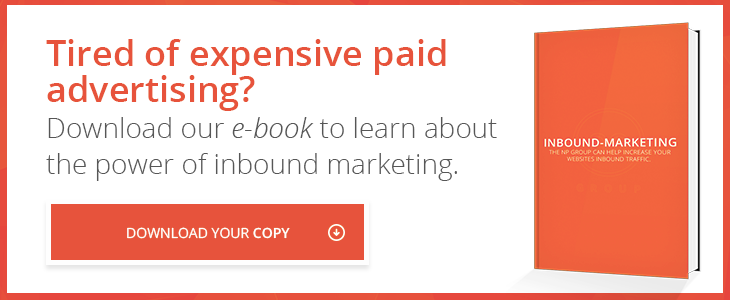Knowing exactly who your key competitors are helps you understand how they position themselves to their audience, the services they sell, what makes their value proposition unique, and allows you to examine the state of your industry and where it's heading.
Keeping tabs on the competition is an effective method for ensuring your content marketing approach stands out, allowing you to stay competitive and relevant to your audience.
HubSpot is one of the most popular inbound marketing tools for a variety of reasons, but their Competitor app located under the Analyzer tab takes competitor research to an entirely new level.
Even though HubSpot's competition research tool is incredibly helpful, it's not the end-all be-all in analyzing the competition. It's only a piece of the story, and you need to be able to effectively fill in the blanks.
Here are actionable steps for researching your competitors in HubSpot.
The first thing you need to do in order to effectively research your competition is build a comprehensive list of your competitors using the four steps below.
- Begin by pin-pointing less than five key competitors. HubSpot's Competitor app allows you to create a much larger list, but narrow down your direct competitors to no more than five. These core competitors should share a similar target audience and characteristics of your own brand.
- Now add another company who you believe exhibits all characteristics of an online authority. This brand does not need to be a direct competitor, but they should be industry related. Use this brand as a benchmark example of a company you consider to be positioning themselves very effectively.
- Finally, include one more company in your competitor list. Again, this brand doesn't need to be a direct competitor, but they should be related in some way. This competitor should be a brand who you feel is doing a poor job of marketing to their audience. A weak content strategy, spam backlinks, and zero social media engagement are a few things to look for.
- After you've found a group of five to ten competitors who match the criteria above, it's time to expand your list. Google keywords you target, and look for related companies offering a similar product or service. Build a comprehensive list of low-end, mid-tier and high authority brands.
With your newly created competitor list start deciphering and organizing key information. HubSpot has a ready-made Competitor Analysis Chart that already displays important information to look for which makes the entire process more manageable.
Key information to look for and questions to ask yourself include:
- Number of social media followers for each platform.
- How is their call to action? Is it unclear, are their opt-in forms too long?
- Are they overly promotional? Is their content marketing strategy weak or non-existent? What are they doing with their content that you wish you had applied to your own inbound strategy?
- Is their website easy to navigate? Is their site's theme and layout clear-cut or poorly put together?
- Do they get any bonus points for thought leadership?
- Where is most of their traffic coming from?
Much of this pertinent information can easily be found scanning your competitors websites and social media pages. More specifically, scrolling through About Us, We're Hiring, and Our Products pages are excellent ways to uncover valuable data.
It's important to approach competitor research with a tenacious appetite for uncovering the who's, what's, when's, where's, why's, and how’s of individual competitors. Don't be shy about it!
Download their free material, sign up for their email newsletters, and follow them on social media. Step into their shoes and find out what they're doing right and, more importantly, what they're doing wrong. You might be pleasantly surprised with what you do or don't find.
After acquiring as much of your competitors’ data as you can, it's time to start stringing the pieces together to help your brand create a more dynamic and competitive inbound marketing strategy.
Use your competitors’ data to:
- Better understand you, your own brand and what you have to offer that no one else can.
- Understand areas where your inbound marketing strategy is lacking, and how to better position your company in a more compelling way.
- Uncover thought leadership opportunities, form connections and build long-term alliances.
- Find new product and service opportunities to offer to your audience.
One of the primary reasons you're doing competition analysis and acquiring data is to gain a better understanding of your own identity. It’s to ensure that your brand and its products stand above the herd by having a different look and authentic feel.
After you've completed researching competitors in HubSpot, continue to check in on your group of core competitors once or twice a month to see what, if anything, has changed. Remember to use your competitor data to adjust your inbound marketing strategy along the way as needed.



